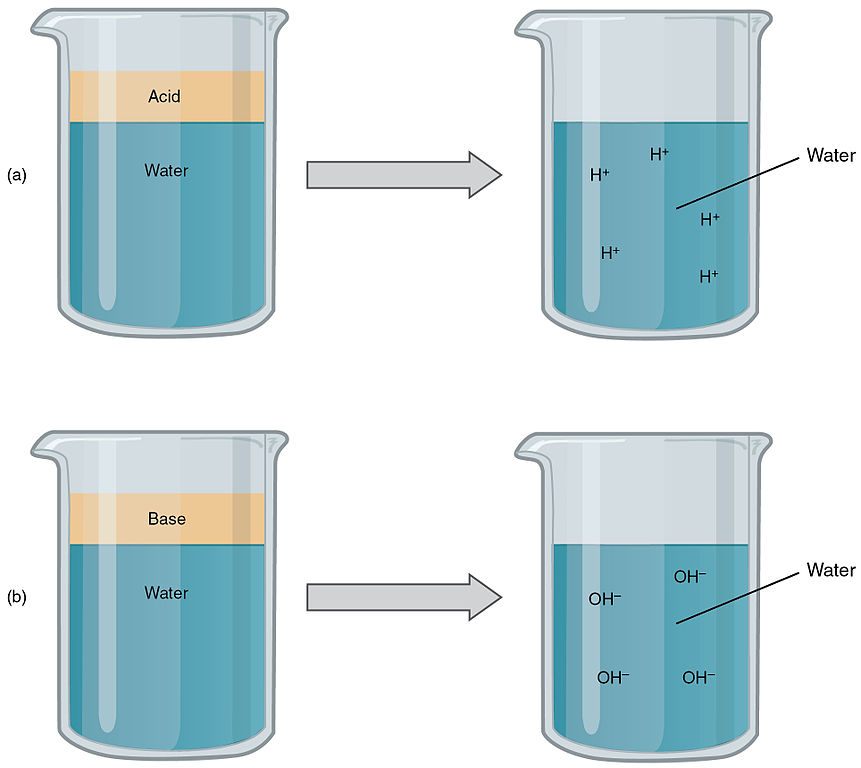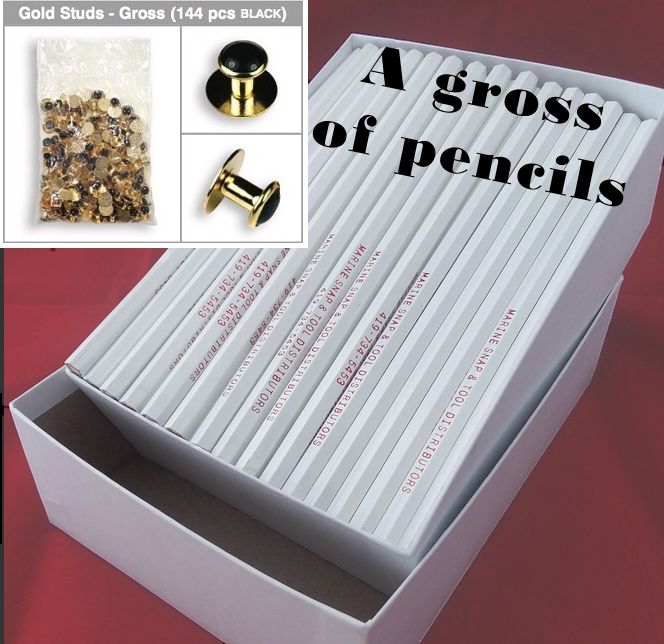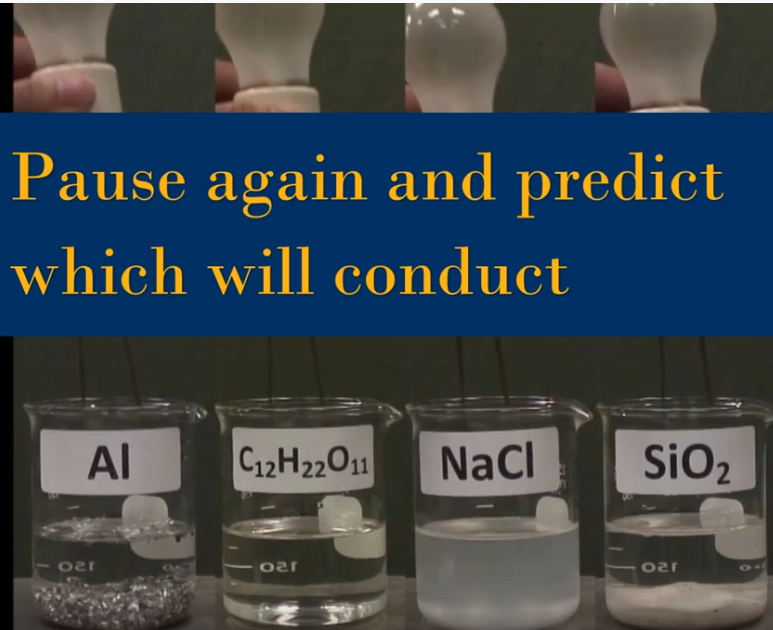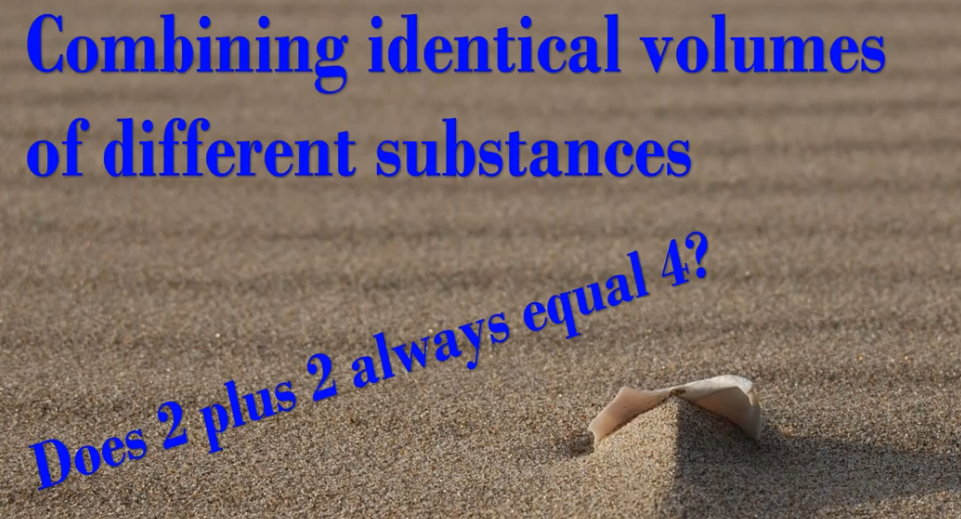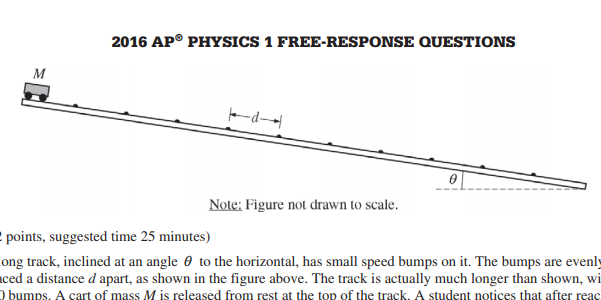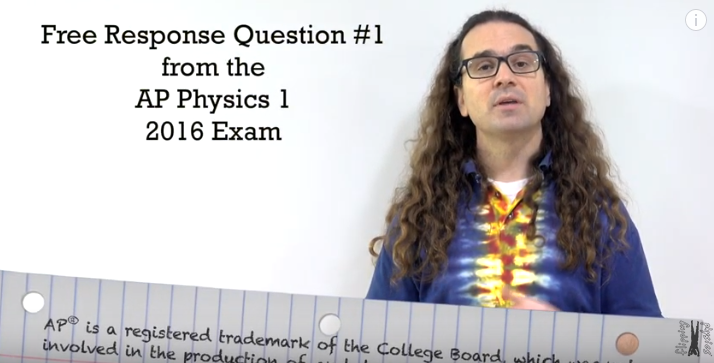Videos
Simple Harmonic Motion Introduction(SHM) via a Horizontal Mass-Spring System
Discussion
Simple Harmonic Motion (hereafter referred to by its initials SHM) is a motion where an object moves back and forth due to some external force. Hopefully you can recognize that an object that moves back and forth is changing direction, there therefore is undergoing acceleration, and therefore a force must be applied to it.
The equilibrium position is defined as the position where the net force on the object is zero.
In the first two videos on this page, we are ignoring friction and any other force that would dissipate energy (yes, that magic physics world), and focusing on the force provided by the spring. Hooke’s Law, F=-kx, tells us that the further away from the equilibrium position, the greater the force, and thus the greater the acceleration. When the spring is neither stretched nor compressed, x = 0, and therefore the net force is zero.
Simple Harmonic Motion(SHM) – Force, Acceleration, & Velocity at 3 Positions
Discussion
Recognize that at the extreme positions—where the spring is compressed or stretched to its maximum—the force is at a maximum, so the acceleration is at a maximum. The block has come to a stop, so its velocity is zero, but its acceleration is greater than zero.
The maximum displacement from the equilibrium position is referred to as the magnitude.
Recognize that the acceleration of the block is not constant, so you cannot use your battery of constant acceleration kinematics equations.
Horizontal vs. Vertical Mass-Spring System
Discussion
In this video, we discover that the video was actually shot in a vertical direction, so there was no friction (only minimal air resistance), and that the video was looped to only show one cycle. Can you explain why he needed to loop the video to keep the amplitude constant? Highlight the text in section below to see the answer.
If you think in terms of energy, and reflect on the bouncing ball lab, you should remember that whenever an object is bent/stretched, available energy is lost as thermal. In the case of the block moving up and down, this energy would slowly decrease the amplitude of the block’s motion, just as the height of the bouncing ball decreased with each bounce.
When is a Pendulum in Simple Harmonic Motion?
Discussion
The question that was raised is ‘what is the restorative force?’ for the pendulum. The students provide good explanations of how it is neither the gravitational force (this remains constant, and therefore the acceleration doesn’t reach zero at the equilibrium point) nor the tension (this is maximum when the ball is at the equilibrium point, which is opposite what we expect for SHM).
It turns out the restorative force can be approximated as the tangential component of the gravitational force—but this only works at ‘small angles’ of less than 15°.
Demonstrating What Changes the Period of Simple Harmonic Motion
The video comes after the discussion; we need to build a conceptual understanding before jumping to the equations.
Discussion
If we compare an object in SHM to a wave, we can see that a cycle in both require a complete movement through all points.
Period: Remember that the period is the time it takes for one complete cycle (e.g. a class period is was 53 minutes long).
If you think about a sound wave, the magnitude of the wave does not affect the period. A loud C# note has the same frequency and period as a quiet C# note. The same is true for SHM. In SHM, if the amplitude is greater, so is the restorative force and the maximum velocity, so they balance out with the same period.
Conceptually, for a box on a spring, the greater the mass, the less the acceleration will be, so the greater the period. The greater the spring constant, the higher the acceleration, the shorter the period. The full equation is
![]()
Conceptually, for a pendulum, the longer the string, the further the ball needs to move, but since the forces do not change, the period is longer. The force of gravity provides the restorative force, so the greater the gravitational force, the shorter the period. The letter g represents the strength of gravity (in N/kg). The full equation for a pendulum is:
![]()
Frequency vs. Period in Simple Harmonic Motion
Discussion
This video is just a refresher that frequency and period are in the inverse of each other.
- Period is the number of seconds to complete one cycle.
- Frequency is the number of cycles completed in one second.
![]()
Practice problems
Triple the Mass in a Mass-Spring System. How does Period Change?
If the mass of a block in a spring SHM problem is tripled, what happens to the period? (Try to solve this, then watch the video below.


